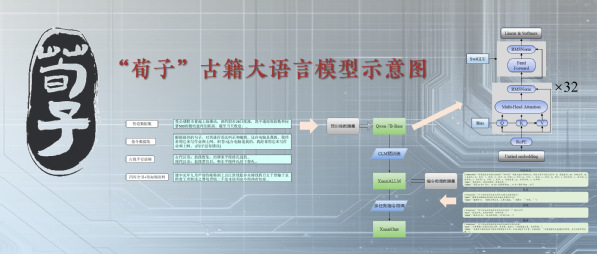Shanghai takes major steps to support online economy with eye on advanced tech

The Shanghai Municipal Government has taken major steps to support the online economy, pledging various forms of support including funds, with a focus on advanced technologies such as artificial intelligence (AI) and blockchain.
Since January 1, 2024, a total of 20 measures have been implemented to boost the online new economy in a range of areas, according to a notice from the Shanghai Municipal Government that was released on Thursday.
The city vowed to support the listing of online companies that are in line with national strategies, that have made breakthroughs in key core technologies, and have high market recognition. Qualified red chip online companies are also being encouraged to return to the domestic capital market, and platform companies will be supported in listing both in China and overseas.
The notice also vowed to encourage high-quality online new economy enterprises to participate in the construction of the city's AI computing power center and to work jointly to build a multi-level commercial intelligent computing power cluster in the city. Also, the city will support companies in areas such as Web 3.0.
Shanghai will also accelerate the construction of urban blockchain infrastructure and improve AI large model innovation capabilities. It will support online new economy enterprises to build large models with international competitiveness, encourage the formation of a data flywheel, accelerate model iteration, and provide special rewards to enterprises that have achieved significant results in accordance with regulations.
Notably, the city pledged up to 50 million yuan for projects that are in line with the nation’s and Shanghai’s key strategic and public welfare goals.
Shanghai’s latest support measures come amid an increasing focus in China on boosting sci-tech innovation, supporting the private sector and promoting high-quality development.

